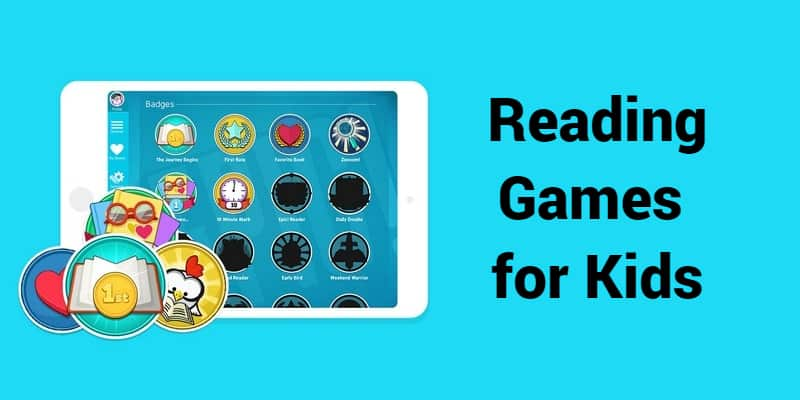
Numbers games are an excellent way to learn numbers and counting. They are also known as numbers racket, Italian lottery, and daily number. They are an illegal form of gambling played primarily in working-class and poor neighborhoods. There are many benefits to playing numbers games, including educational ones. Many people also enjoy watching their favorite TV series or movies while they play them. Below are five ways to teach your children about numbers. You might also find these games entertaining, so don't forget to check them out!
Fun way to learn more about numbers
One fun way to teach your child about numbers is through games. There are many different games that children can play to learn about numbers. You can also play the numbers twister which lets your child use objects as dice. Other than using dice to teach number concepts, there are other ways for children to learn about numbers. A number line can be used to teach children about shape recognition and counting. Below are some fun games you can play with your child.

Flash a flashcard bearing the number. Students can count the objects on the flashcard and then shout the number. This game will help your child improve their memorization skills. It's also an excellent way to teach your child about the numbers one to ten. If you plan to play this particular game again, you should include the concept quantity in your lesson. These games can be used to teach children how to count in a fun, easy way.
Playing the game and counting down
Playing numbers games while counting on is a great strategy to help children learn about counting. This strategy, while it sounds simple, can help children develop their concentration and attention span. Children are more likely not to pay attention just to the number but to the counting process. It is possible to practice counting with children by focusing only on the distance between two objects or by estimating before and after. This strategy helps children prepare for addition.
Study that looked at the effectiveness of children counting while playing number board game games revealed that linear games had a greater impact on children's understanding of numbers than circular ones. The authors examined children's ability for number identification and the relationship of numbers to spaces. This increased their ability to estimate how large numbers are on number lines. They found that children who played linear number board games had less difficulty learning the addition concept and improved their estimation skills. They also discovered that children who played games that combined counting and numbers were better at estimating the size of numbers.
Interactive number grids
Interactive number grids (ITPs) can be a fun way to explore patterns and number relationships. To illustrate, children can color in rows or columns according to the number they started with by using a 100 square grid. Practice counting by twos and fives by placing either a 0 (or a 5-) in the ones spot. For example, 47 is a distance between 37 and 84 on a number line.

Interactive Number Square can be used to teach whole-class. Pressing 'Hide All' allows children in year one to count in tens. They can also press the 'Puzzle' button to find boxes that are missing. To practice negative numbers, children in years two and three can turn the dial backwards. These games can be played at home as well. The Interactive Number Grid is an excellent way to help children learn math skills and improve number sense.
FAQ
How do I select my major?
Students choose their majors according to their interests. Because they find it easier to study something they love, some students choose to major on a subject that they really enjoy. Some students want to go into a field where there is no job. Others choose a major to make money while they study. No matter your reasons for choosing a major, you should consider the type of job that you might be interested in after you graduate.
There are many ways to get information about different fields of study. You can talk to family members or friends about your experiences in these areas. Check out newspapers and magazines for possible careers. Talk with a guidance counselor at your high school to ask about possible careers. Visit Career Services in your local library. Check out books related to various topics at your library. You can search the Internet for information about specific careers.
What does it mean to be a teacher in early childhood education?
An early childhood teacher must have specific training. Most states require teachers to be certified by their state boards before they can work in public schools.
Some states require teachers to pass tests on subjects like math and reading.
Some states require that teachers have completed a minimum number of courses related to early childhood education.
Most states have minimum requirements that teachers must know. However, these requirements vary widely between states.
How much time should I devote to studying each semester?
The time you spend studying will depend on several factors.
In addition to these factors, some schools may require you to take certain classes yearly. This means that you won’t be able to choose which courses you want to take in any given semester. Your advisor can tell you what courses you must take each semester.
Is it better to be a specialist in one subject than in another?
Many students prefer to focus on one subject, such as English, History, Math, rather than branching out into other subjects. It isn't necessary to specialize in every subject. If you're interested in becoming an internist or a surgeon, you have the option to choose either surgery or internal medicine. You could also opt to become a general physician, specializing in either pediatrics, family practice or psychiatry. If you're interested in a career as a business professional, you can focus on management, finance or operations research. The choice is yours.
Statistics
- And, within ten years of graduation, 44.1 percent of 1993 humanities graduates had written to public officials, compared to 30.1 percent of STEM majors. (bostonreview.net)
- “Children of homeowners are 116% more likely to graduate from college than children of renters of the same age, race, and income. (habitatbroward.org)
- They are also 25% more likely to graduate from high school and have higher math and reading scores, with fewer behavioral problems,” according to research at the University of Tennessee. (habitatbroward.org)
- They are more likely to graduate high school (25%) and finish college (116%). (habitatbroward.org)
- Data from the Department of Education reveal that, among 2008 college graduates, 92.8 percent of humanities majors have voted at least once since finishing school. (bostonreview.net)
External Links
How To
what is vocational education?
Vocational Education, which is an educational system that prepares high school students for jobs after college or high school, provides them with training in specific skills required for a job (e.g. welding). Vocational Education also offers apprenticeship programs that provide on-the-job training. Vocational education differs from general education because it focuses on preparing individuals for specific careers rather than learning broad knowledge for future use. Vocational education does not prepare students for university, but it helps them find work after graduation.
Vocational education is available at all levels of education, including primary, secondary, high school, college, universities, technical institutes as well as trade schools, community colleges and junior colleges. There are many schools that specialize in specific subjects, such as nursing schools (law schools), medical schools, dental school, veterinary medicine and firefighting schools. These schools offer both practical and academic training.
Over recent decades, there have been significant investments made in vocational education by many countries, including Australia, Denmark (Finland), Germany, Ireland and Japan. However, it is not clear if vocational education is effective. Some critics argue that it does little to improve students' employability; others argue that it provides useful preparation for life after school.
The U.S. Bureau of Labor Statistics estimates that 47% of American adults possess a postsecondary certificate, or degree related to current occupation. This figure is higher for those with more education. 71% (25-29) of Americans have a bachelor's level or higher and work in fields that require a postsecondary degree.
The BLS reported that almost half the adult population of the country had at least one form of postsecondary credential as of 2012. One-third of Americans had a two year associate degree. Only 10% held a four-year bachelors degree. One out of five Americans held a master's degree or doctorate.
In 2013, the median annual wage for persons holding a bachelor's degree was $50,900, compared to $23,800 for those without a degree. For advanced degrees, the median annual wage was $81,300.
For those who did no high school, the median salary was only $15,000. The median annual income for those with less than a high-school diploma was $13,000